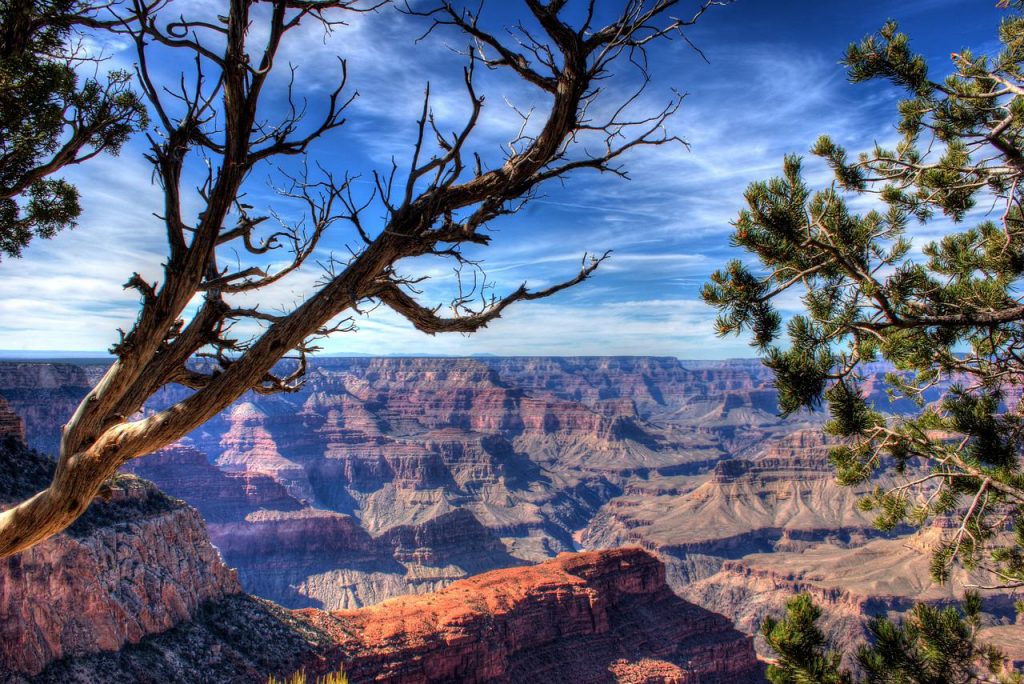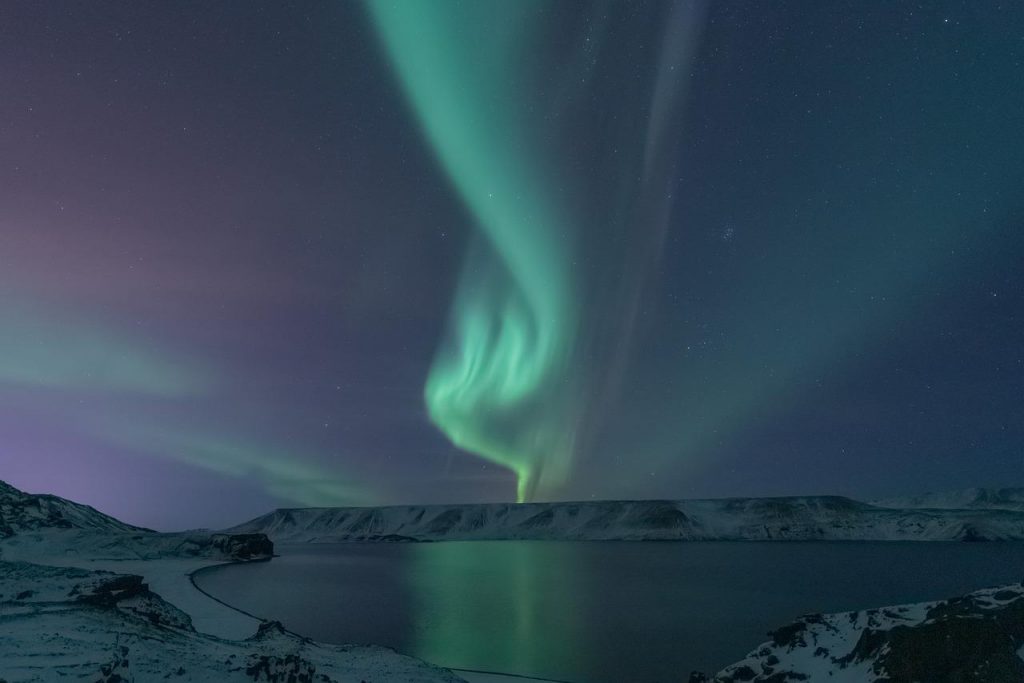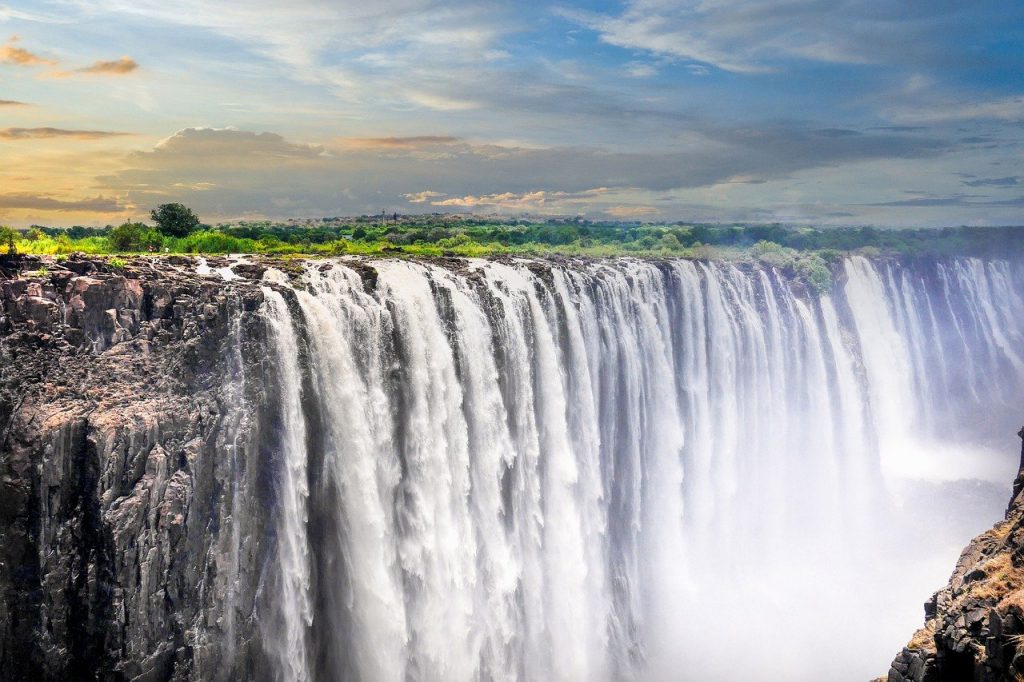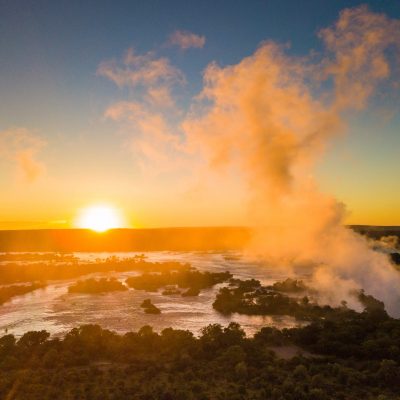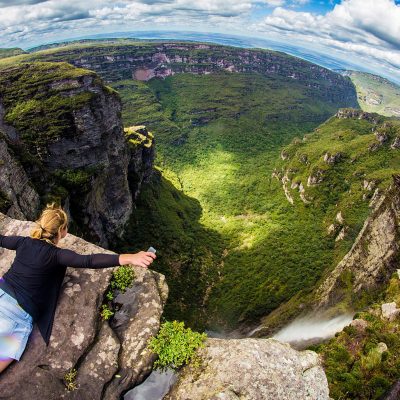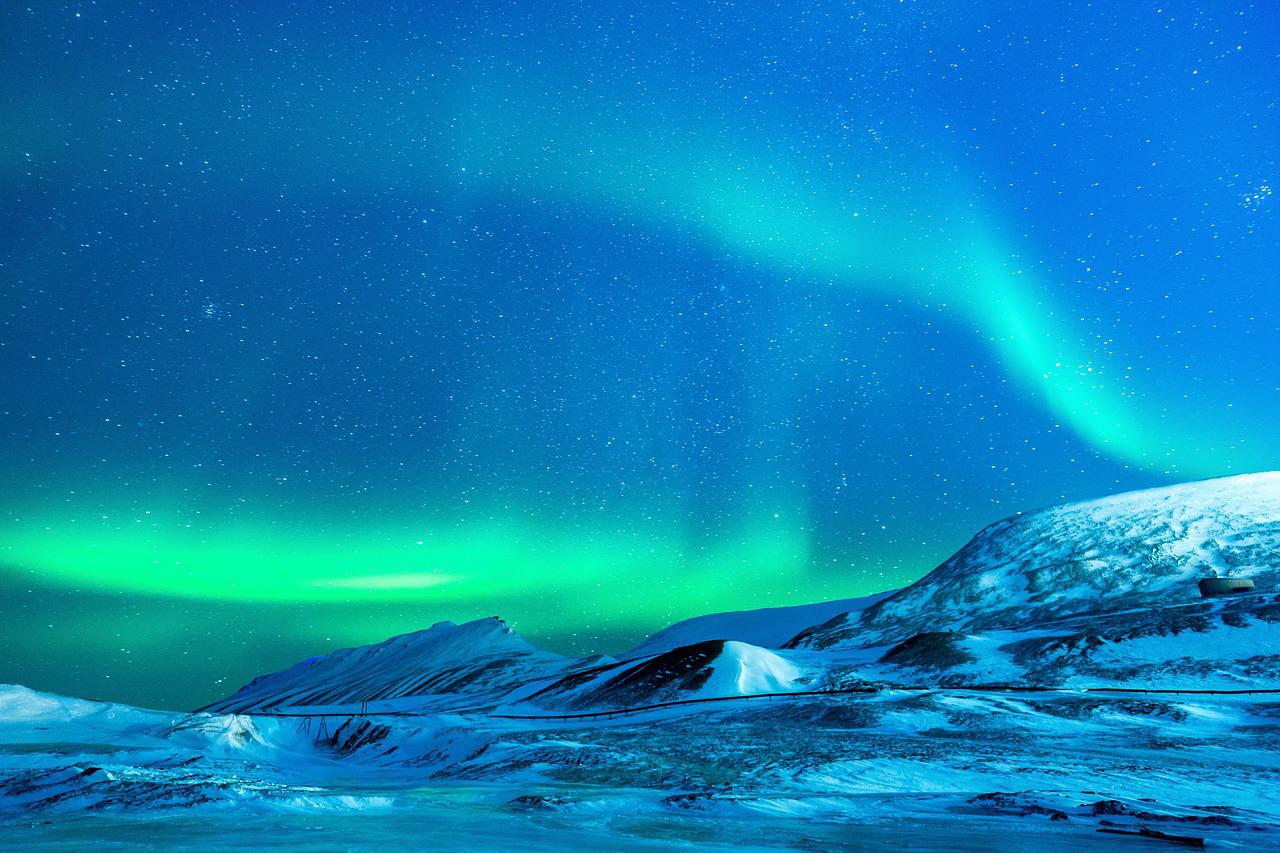
The 7 Natural Wonders of the World!
Getting up close to the natural wonders of the world is not only good for your soul, it will enhance your career break experiences to another level. See how many of these you can visit on your around the world career break adventure.
1. The Grand Canyon (USA)
The Grand Canyon is a steep-sided canyon carved by the Colorado River in the United States in the state of Arizona, and is widely regarded as one of the world’s natural wonders.
The Grand Canyon is 446 km long, up to 29 km wide and attains a depth of over a mile (just under 6,000 feet). Formed over nearly 2 billion years of erosion it is known to be the largest canyon in the world! The river which flows through it – the Colorado River – passes through the 7 US states of Arizona, California, Colorado, Nevada, New Mexico, Utah, and Wyoming.
